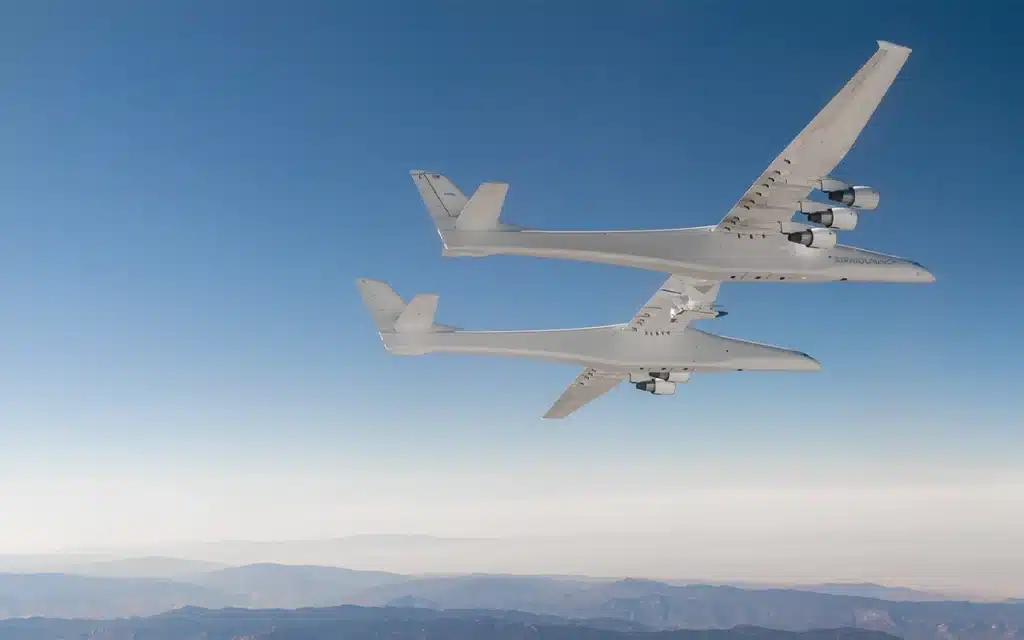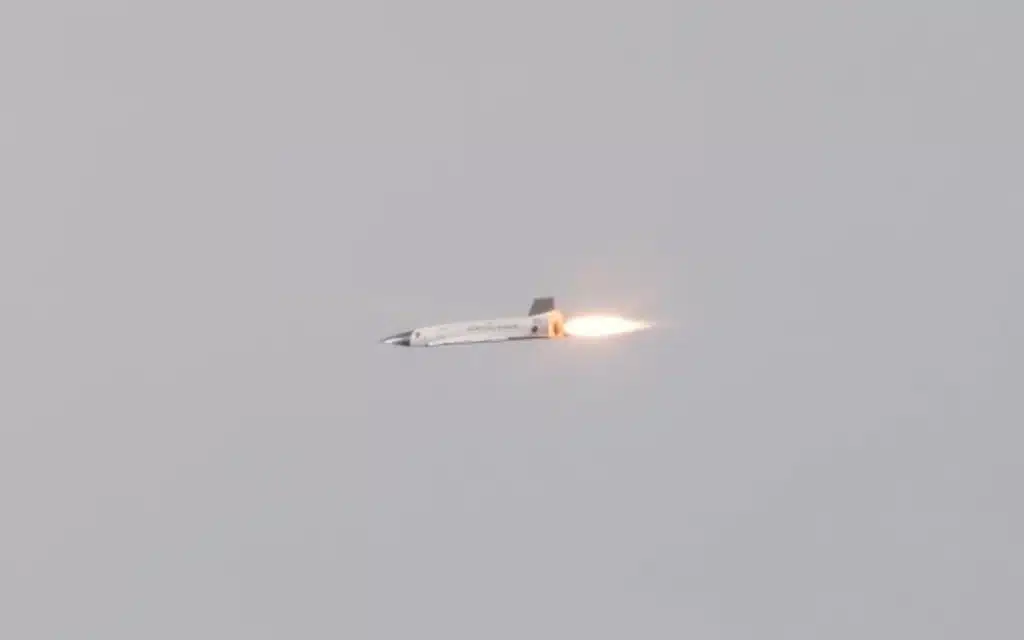The world’s biggest airplane has 6 Boeing 747 engines
- The Roc has a wingspan of 385-feet
- It’s powered by six Boeing 747 engines
- It’s used to air-launch hypersonic aircraft
Published on Jun 06, 2024 at 11:55 AM (UTC+4)
by Claire Reid
Last updated on Jun 21, 2024 at 3:53 PM (UTC+4)
Edited by
Tom Wood
The world’s largest airplane – which has a wingspan of 385 feet – is powered by six Boeing 747 engines.
Built by Stratolaunch, the Roc is designed to carry and launch hypersonic vehicles; according to the company, ‘air-launching’ them helps to ‘eliminate technical and logistical barriers’.
The aircraft is designed to carry large payloads – with capacity to carry over 500,000lbs – if you’re interested in that sort of thing.
Naturally, to do so, it’s got to be big.
Really, really big.
READ MORE! The biggest military plane in the world
How big is the Roc?
The Roc is larger than an American football field and has the largest wingspan of any other plane – all of this means the aircraft needs 12,000 feet of runway to take away.
Once it’s in the air, the plane can fly at a maximum speed of 530 mph.

In March this year, the Roc launched from the Mojave Air and Space Port in California while carrying a hypersonic Talon-A test vehicle – or TA-1 – inside.
It then released the hypersonic at an altitude of around 35,000 feet before speeding away.
Exciting stuff.
Speaking after the launch, Zachary Krevor, president and CEO of Stratolaunch, said: “Today was a great day for the Stratolaunch team.
“I am extremely proud of their perseverance to reach this point.
“The successful outcome of the test is a direct result of the team’s technical prowess and professionalism
What’s next for the Roc airplane?
Data from the March launch will be used to prepare for its upcoming flight of a reusable version of the TA-1 hypersonic – imaginatively called TA-2.
Krevor added: “Our goal with this flight was to continue our risk reduction approach for TA-2’s first reusable flight.

“We are excited to review the data from today’s test and use it as we plan our next steps toward TA-2’s first flight later this year.”
“While I can’t share the specific altitude and speed TA-1 reached due to proprietary agreements with our customers, we are pleased to share that in addition to meeting all primary and customer objectives of the flight, we reached high supersonic speeds approaching Mach 5 and collected a great amount of data at an incredible value to our customers.”
Watch this space.
DISCOVER SBX CARS: The global premium car auction platform powered by Supercar Blondie

Claire Reid is a journalist who hails from the UK but is now living in New Zealand. She began her career after graduating with a degree in Journalism from Liverpool John Moore’s University and has more than a decade of experience, writing for both local newspapers and national news sites. Claire covers a wide variety of topics, with a special focus on cars, technology, planes, cryptocurrency, and luxury.




